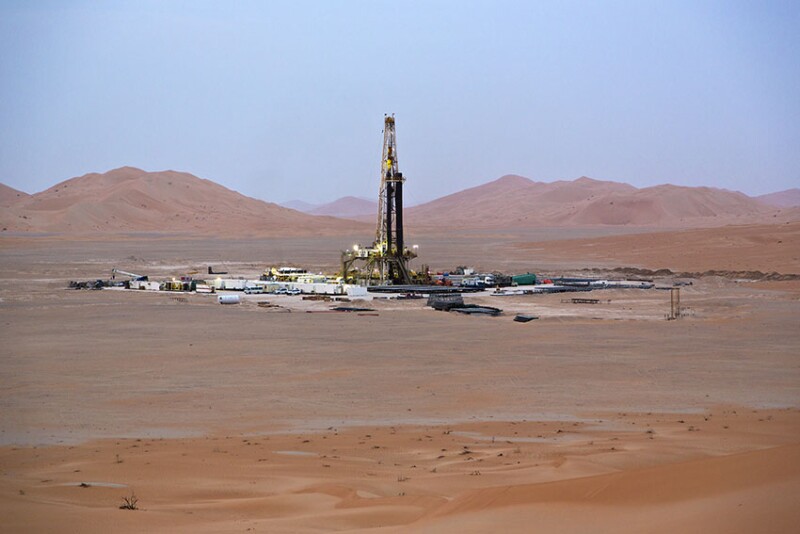In September, operators from across the Middle East and around the world gathered in Muscat for the fourth edition of the Society of Petroleum Engineers’ International Hydraulic Fracturing Technology Conference (IHFTC). The meeting brought together engineers, executives, and government officials to discuss how they are working to unlock unconventional resources in their respective countries.
Much of the discussion centered on improving cost structures, scaling strategies, and technology needs.
Middle East operators noted at the conference that while they are benefiting from technologies and concepts proven in the US and elsewhere, their engineering teams must still adapt those lessons to local geologies and realities. In addition to appraisal work and data gathering, contracting frameworks have been adapted and new supply chains are being built to support the bigger footprints and consumption of materials that come with unconventional operations.
The conference also came at a moment when the Middle East is pushing harder than ever to commercialize unconventional resources as domestic needs increase along with calls to grow exports.
Rystad Energy reported in October that natural gas accounts for about 72% of the Middle East’s current electricity generation, a share that is expected to keep rising. The Norwegian consultancy also found that the region now ranks as the world’s second-largest gas producer, behind only North America. Since 2020, Middle East gas output has grown roughly 15%, with a further 30% increase expected by 2030.
This means that despite all the challenges, the region’s national oil companies (NOCs), including Saudi Aramco, ADNOC, and Petroleum Development Oman (PDO), have strong national security and economic incentives to stay on track.
Saudi Arabia is underway with a $100-billion tight gas development in the Jafurah field that is the core of a plan to raise domestic gas supply by 40% and free up oil used for power generation.


